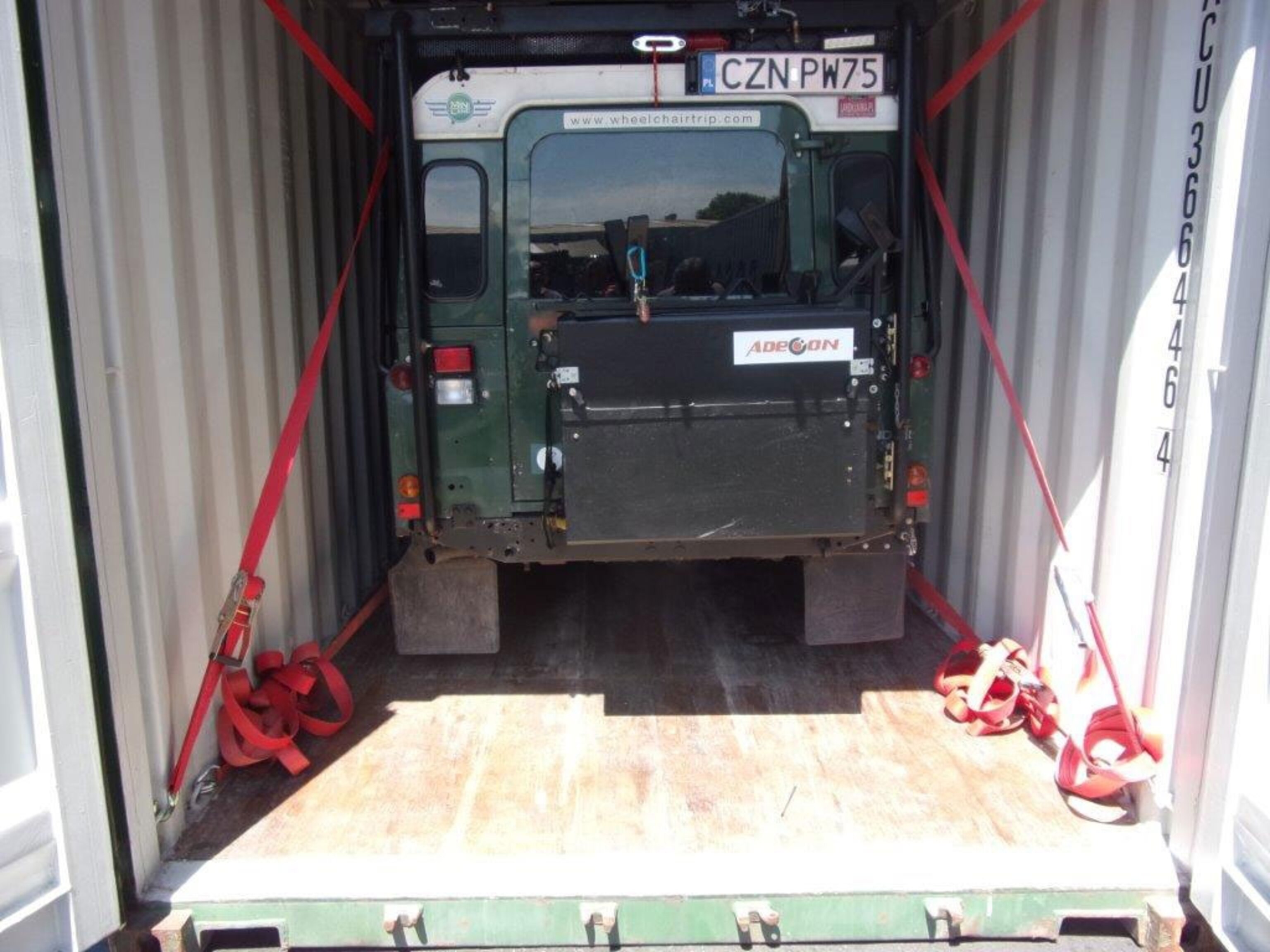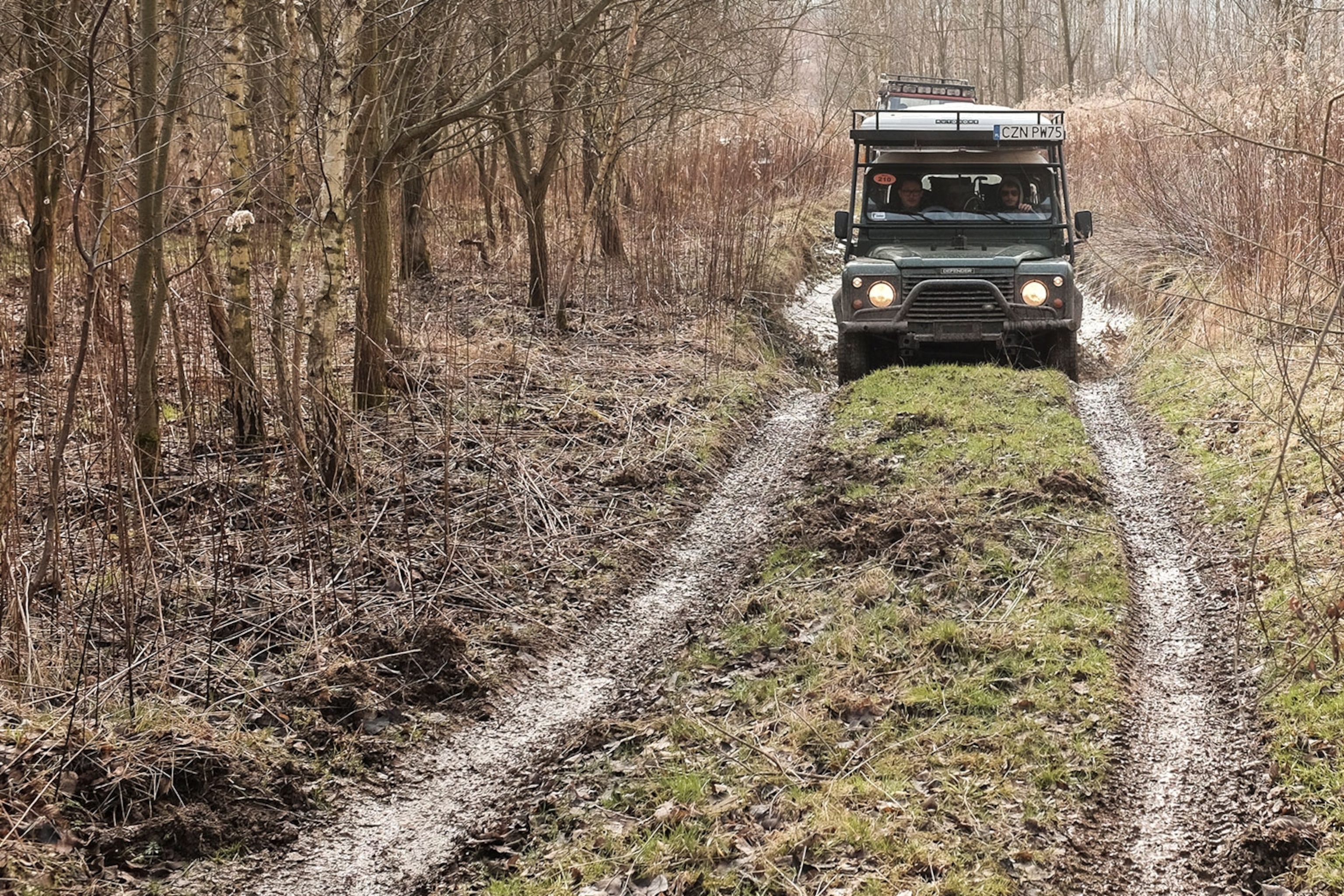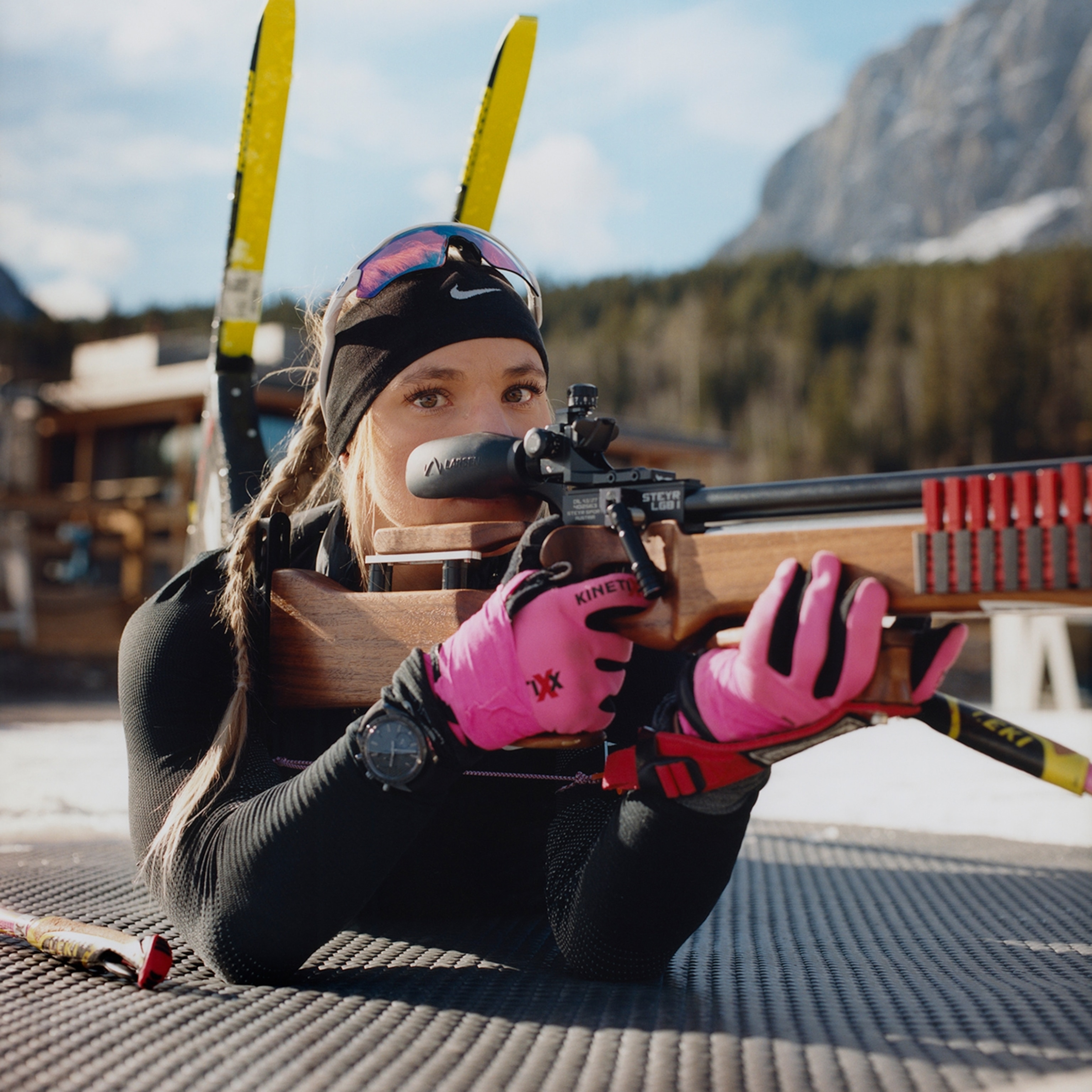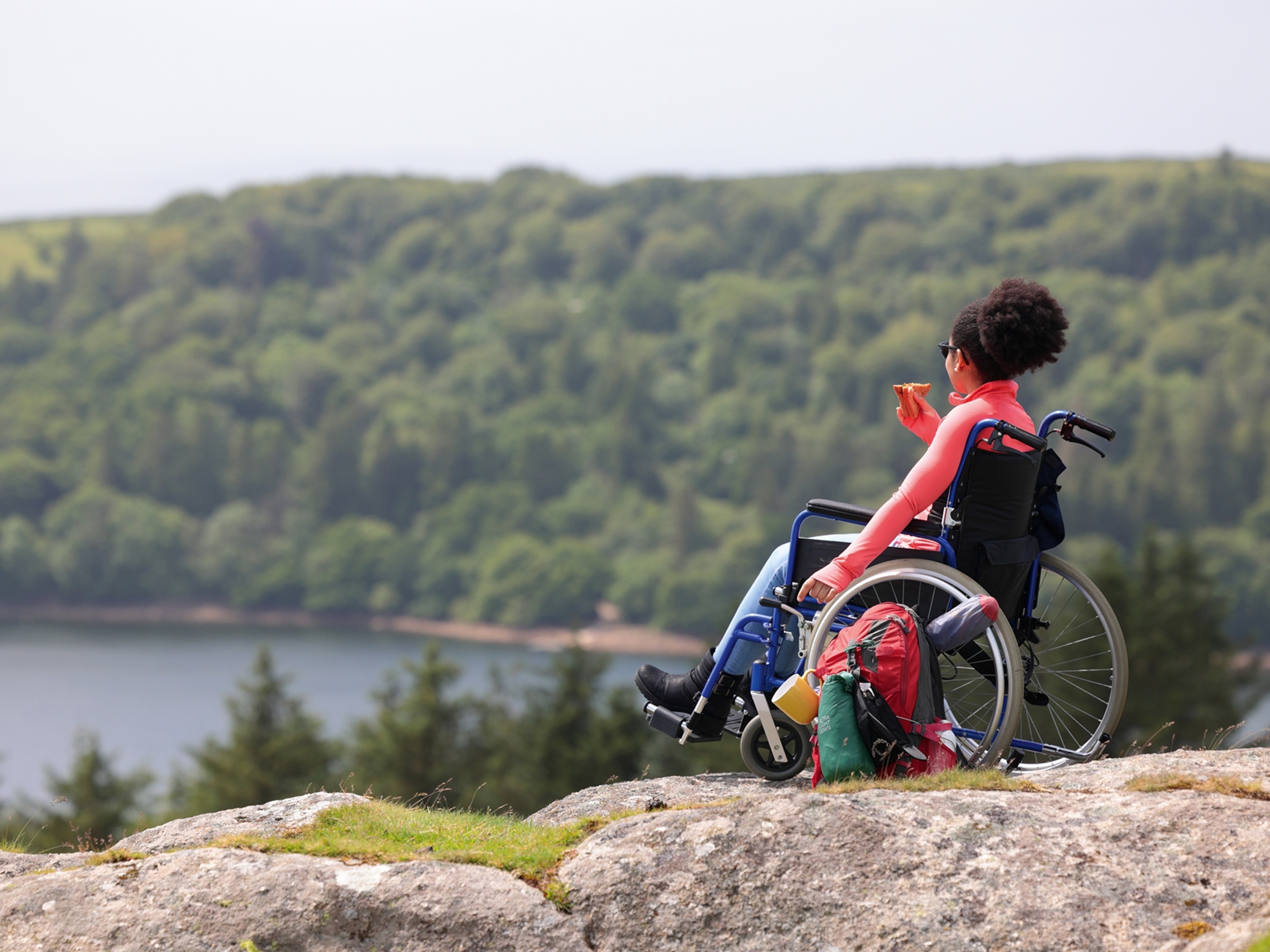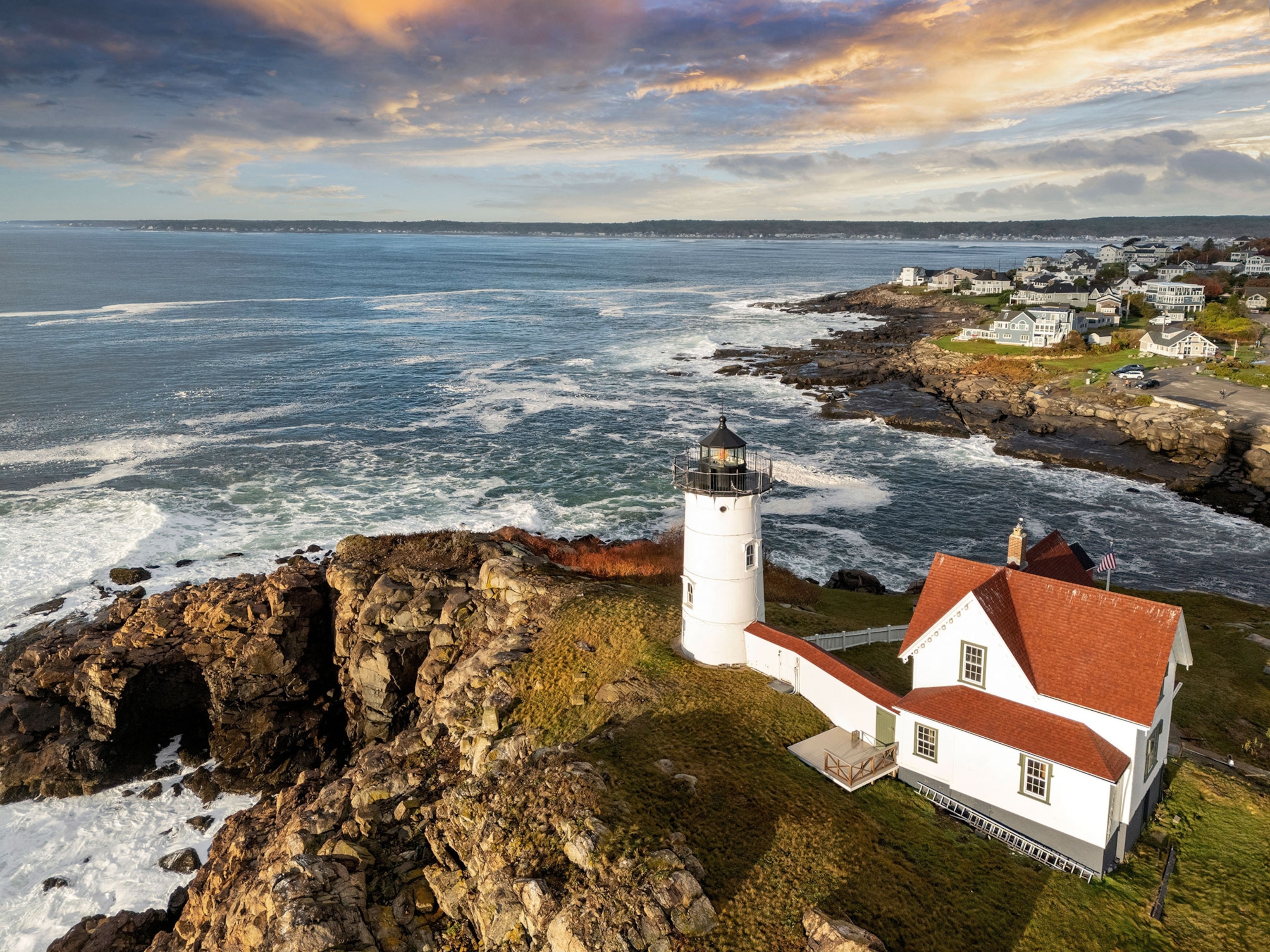Two Adventurers' Inspiring Road Trip on Eight Wheels
Two wheelchair-bound friends are driving from Tierra Del Fuego, Argentina, to Washington, D.C., to encourage others to live life joyfully.
It seemed like a crazy idea: two wheelchair-bound men embarking on a 10,000-mile road trip around Europe. But in 2012, Polish friends Maciej Kaminski, a poker player, and Michal Woroch, a graphic designer and photographer, threw caution out the window and set off on the trip of a lifetime. They encountered plenty of obstacles, getting their vehicle stuck in sand and even being attacked and robbed. By the time they returned to Poland at the end of their trip, they were hooked on travel—and ready for an even bigger challenge.
For the past two and a half years, Kaminski, 31, and Woroch, 32, who live in the small village of Otłoczyn in central Poland, researched the possibility of an even bigger undertaking: a road trip through South America. The pair won the Andrzej Zawada Award, a Polish grant for young explorers, to fund their trip, and outfitted a 1996 Land Rover Defender with a kitchen, heater, automatic transmission, and equipment that allows them to control the gas and brake pedals with their hands. They also installed two lifts, one to help them get into the van and another to help them access the rooftop sleeping tent.
This month, the pair flew from Poland to Buenos Aires, picked up their car—which crossed the ocean by freighter—and set off on a journey that will last as long as a year. Currently they’re steering south toward Cape Horn and Tierra Del Fuego, then they’ll turn north to follow the Pacific coast through Argentina, Chile, Bolivia, and Peru. They plan to cross Panama’s Darién Gap, weave through Latin America, and eventually reach Washington, D.C.
Along the way, their only concrete plans are to visit Amazonian shamans that a friend believes can heal Woroch’s spinal muscular atrophy and Kaminski’s paralysis from the removal of a spinal tumor. “As far as I remember, on every major trip I was meeting people who wanted to heal me,” says Woroch. “We’ll see how this plays out.” Otherwise, it’s a big, wild, open road.
Adventure: How did you guys get started traveling?
Michal Woroch: The trip through Europe was our first expedition together. Earlier, my friends were taking me on their trips to make me stop thinking that disability was the end of the world. Looking back, I am very grateful to them for having shown me that one can live differently. It taught me that we are often creating restrictions for ourselves. Of course, positive thinking will not remove the difficulties associated with travels in a wheelchair. For these trips, I learned that the desire to explore new worlds is more important and can overcome the rigors of travel; the effort is only an element of the expedition, not a hindrance.
Can you give those of us who are able-bodied a sense of what it's like to travel in a wheelchair?
Maciej Kaminski: Traveling in a wheelchair requires a lot of patience. One has to learn how to wait. If there is a step that you cannot get up yourself, you have to be patient and not get frustrated. Sometimes, it is necessary to ask for help, and in 99 out of a hundred cases you receive such assistance. An example of this sort of situation happened just two days ago. Before boarding the plane from Buenos Aires, we found out that disabled persons are required by the airline to have accompanying caregivers to assist during the flight, which of course we did not have. With an hour to depart, we were looking for people flying to Buenos Aires who would be willing to be our guardians. Luckily, we managed to find a young couple that agreed to do just that. People often help us, and the story from the airport seems to confirm this.
What have been some of the challenges you’ve had to tackle as you figure out how to travel with disabilities?
MW: The internal process of the positive thinking began when I was preparing an expedition to Mongolia in 2008. Before the trip, I knew ahead of time that there would be a stretch of the road to cover using only horses. The aim of the project was to reach and shoot a documentary film on the Tsaatan, the nomad group breeding reindeer in the northern mountains, a three-day horseback ride away from Tsagaan Lake. After a few lessons, I kept hearing from my horseback-riding instructors the same thing, over and over, that it was impossible to survive on horseback for more than one hour in my health condition. In spite of it all, I designed a special harness so that I could secure myself in the saddle and ride for three days navigating through river swamps, forests, and hills. That experience taught me that creative thinking and determination empowers us to reach out for the greatest dreams.
What do you hope to see on this trip?
MW: This expedition is not about attractions to see and setting the goals. First of all, it is about experiencing continuous movement, just being with the silence of the landscape and the sound of the car engine. It is about passing the long distance, getting there, and coming back home. It's about getting to know others and understanding each other. It is also about the wheelchair and dealing with our disability, with our own bodies and clearing our minds.
What do you anticipate will be the biggest challenges of this trip?
- National Geographic Expeditions
MW: For me personally, the greatest challenge will be the high altitude. I wonder how my body will cope with the altitude sickness.
MK: The trials will be waiting for us all the time. We must avoid even the slightest error in handling our Land Rover and equipment installed on it. There are a lot of winches, ropes, and hoists. Injury for one of us would mean the end of the adventure. On the previous expedition we were attacked and robbed of our cameras. Looking back at this situation, I would say that we should be more vigilant. Our greatest weapon in South America will be our gut feeling, intuition, and a sense of anticipation. We must keep our eyes and ears wide open.
What are your ultimate goals for the trip?
MK: This is a tough question. The aim is probably to traverse the route safely and soundly, to meet people from whom I can learn something. Maybe some people tracking our actions will think about the physical hardship that accompanies the expedition and evaluate their own everyday lives in which there is too much complaining and not enough joy.
MW: As far as expectations with respect to the expedition, I do not have any. It is dictated a lot by the specifics of our life, or being confined in a wheelchair. From personal experience, I know that it is better to live life than waste energy on pondering how this life should be. The aim, however, is the journey itself, the one in land and the other deep into myself. What I would like to convey to others from this trip is to encourage people to begin to live and not just pass through time.
Translation by Piotr Chmielinski, Media Coordinator for Wheelchair Trip

